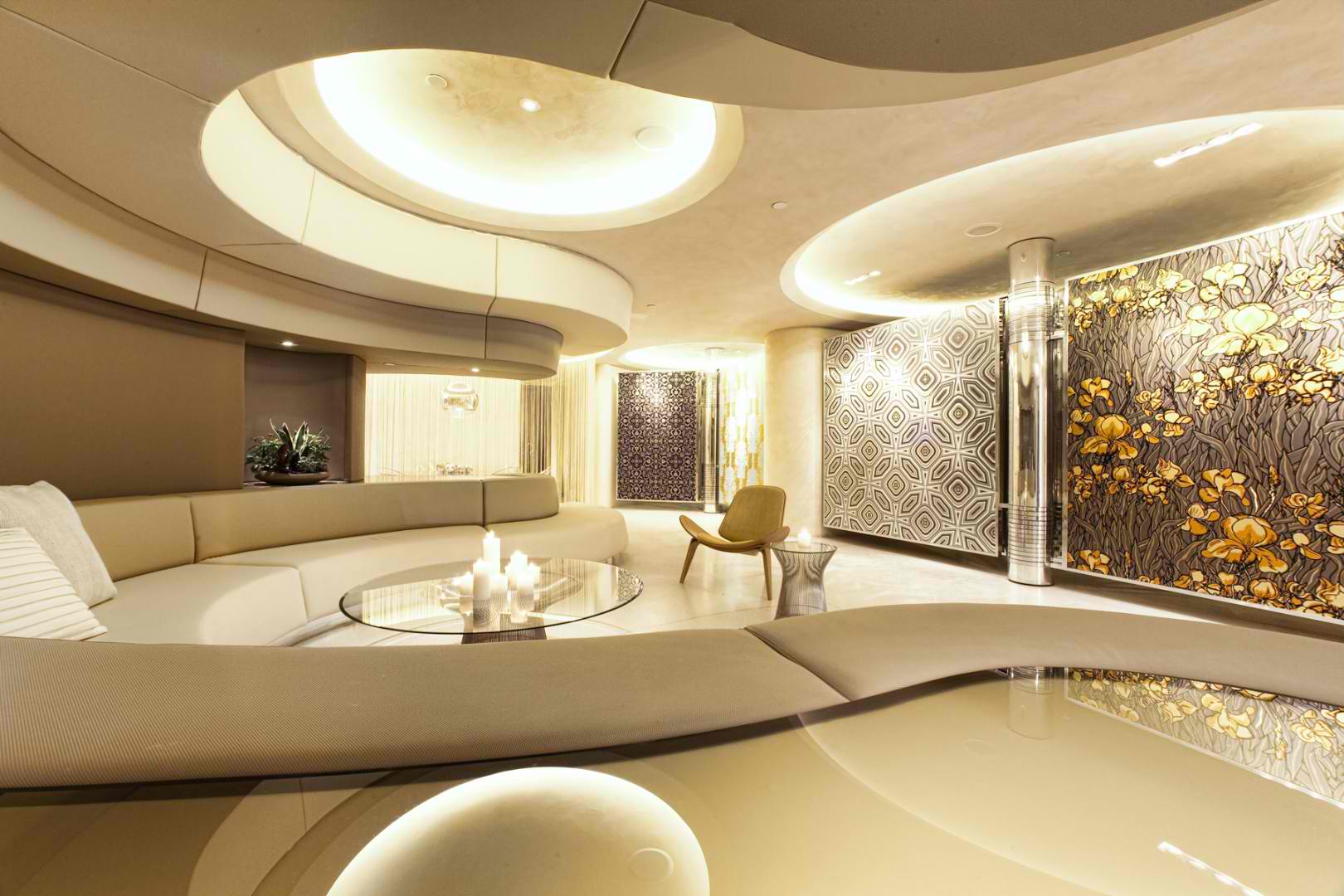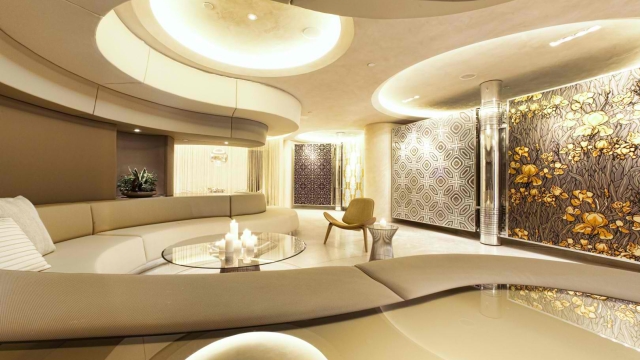Breaking Boundaries: The Perfect Blend of Architecture and Interior Design
In the world of design, there exists a magical realm where architecture and interior design converge, forming a seamless and harmonious blend that transcends boundaries. It is a realm where walls become canvases, and every space is a masterpiece waiting to be unveiled. The synthesis of architecture and interior design creates an enchanting experience for both the eyes and the soul, transforming ordinary structures into extraordinary works of art. This intriguing interplay between form and function, aesthetics and practicality, creates a captivating journey that unfolds within the walls of our built environment. In this article, we delve into the fascinating world of architecture and interior design, exploring the countless ways in which these two disciplines intertwine to shape our living spaces and redefine the way we experience them. So, let us embark on this exploration, where boundaries are broken, and creativity knows no limits!
Exploring the Relationship
The connection between architecture and interior design is a fascinating interplay of form, function, and aesthetic appeal. Architecture lays the foundation, creating the structure that encompasses a space, while interior design adds the finishing touches, infusing it with style, comfort, and functionality.
Working hand in hand, architects and interior designers collaborate to create harmonious environments that seamlessly blend beauty, practicality, and purpose. The architectural elements, such as walls, columns, and windows, provide the canvas upon which interior designers can work their magic, enhancing the space with carefully chosen materials, colors, and furnishings.
The relationship between architecture and interior design is one of mutual influence. While the architecture sets the stage, interior design has the power to transform it, breathing life into the space and shaping its character. Through creative spatial planning, furniture arrangement, and lighting design, interior designers can enhance the architectural features and create an atmosphere that evokes a desired mood or promotes specific functionality.
In essence, architecture and interior design act as partners, each contributing their unique expertise to create cohesive and visually stunning spaces. By breaking boundaries and seamlessly integrating these two disciplines, a perfect blend is achieved, resulting in environments that not only provide shelter but also inspire and delight those who experience them.
Collaboration for Seamless Spaces
Collaboration between architects and interior designers is essential in creating harmonious and cohesive living spaces. By working together, these professionals combine their expertise to break boundaries and achieve a perfect blend of architecture and interior design.
Architects bring their vision and technical knowledge to the table, focusing on the overall structure and layout of a space. They consider factors such as the building’s functionality, aesthetics, and structural integrity. Meanwhile, interior designers have a keen eye for detail and an understanding of how to create a comfortable and visually pleasing environment.
Through collaboration, architects and interior designers can leverage their unique strengths to ensure that the form and function of a space seamlessly come together. By brainstorming ideas, sharing perspectives, and finding common ground, they can push the boundaries of creativity and innovation.

This collaboration extends beyond the initial design phase. Architects and interior designers continue to work together throughout the construction process, ensuring that the intended design is implemented accurately. They may also collaborate with other professionals, such as engineers and contractors, to overcome challenges and achieve a cohesive end result.
In conclusion, the collaboration between architects and interior designers is an integral part of creating seamless spaces that go beyond mere functionality. By combining their skills and expertise, these professionals break boundaries and achieve the perfect blend of architecture and interior design.
Pushing the Limits: Innovative Design Solutions
In the ever-evolving world of architecture and interior design, pushing the limits is at the heart of creating innovative design solutions. Combining artistry, functionality, and sustainability, architects and interior designers are constantly seeking new ways to break boundaries and challenge conventional norms.
One of the key aspects of innovative design solutions is the integration of technology. With advancements in virtual reality, augmented reality, and 3D printing, architects and interior designers can now visualize and bring their ideas to life like never before. These technologies enable them to explore different design possibilities, experiment with materials, and create immersive experiences for their clients.
Moreover, sustainability is a vital element in innovative design solutions. Architects and interior designers are embracing eco-friendly practices and materials to minimize the negative impact on the environment. From energy-efficient lighting systems to the use of recycled materials, sustainable design is not only aesthetically pleasing but also promotes a greener and healthier future.
Furthermore, the concept of adaptable spaces is gaining prominence in innovative design solutions. Architects and interior designers are recognizing the need for flexible environments that can accommodate changing needs and lifestyles. Whether it’s a modular office space or a versatile home layout, creating adaptable spaces allows for maximum utilization and longevity of the design.
In conclusion, pushing the limits in architecture and interior design is essential for creating innovative design solutions. By embracing technology, sustainability, and adaptability, architects and interior designers are shaping the future of the industry. With their creativity and ingenuity, they continue to break boundaries and bring extraordinary spaces to life.
